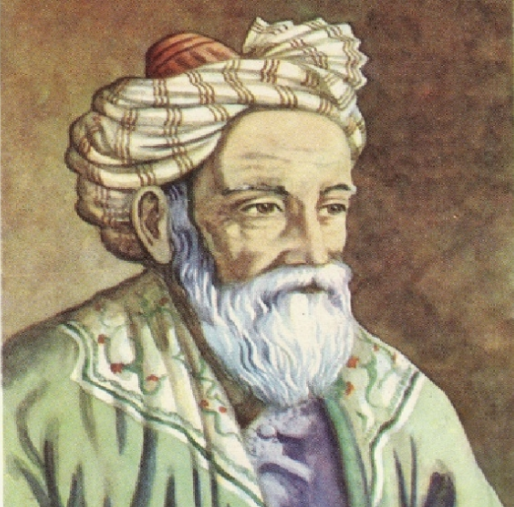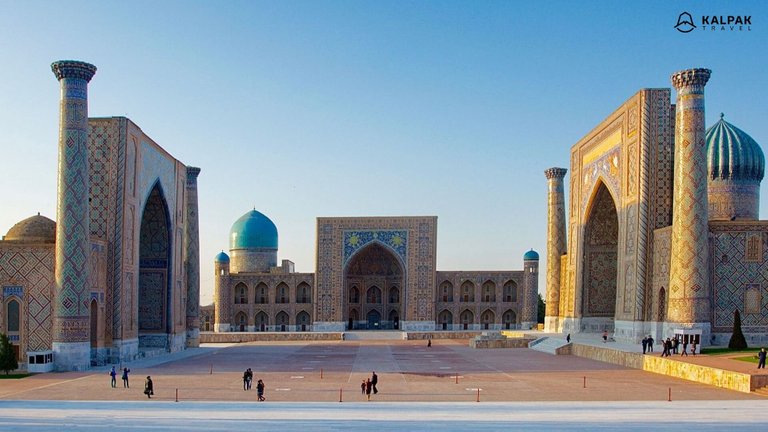I can't deny my love-hate relationship with historical fiction novels. On one hand, I'm fascinated by history - not just the events and occurrences that have happened at certain points in time, but much more interestingly, the overall historical make-up of the setting: the underlying culture, the beliefs and daily lives of the humans forming the society where these events were brought forth, and most importantly the way how certain things were perceived as normal, while others were perceived as completely unusual, though they may have been part of those very historical events. On the other hand, I have gotten quite disillusioned by historical fiction books for the poor execution of precisely these things, as I felt that the author tended to impose his modern contemporary thinking into a historical setting, where I felt it was completely out of place. Unfortunately this has been the case with the majority of historical fiction books I have opened. Fortunately there are some notable exceptions, one such case being Samarkand by Amin Maalouf.

image source
The Life and Times of Omar Khayyam
The book was recommended to me by a good friend, and my wife and I decided to read it together at the same time, so we could discuss it as we were going along, just like when we watch movies together. This was reason enough for me to keep reading, and so I put aside any potential criticism of badly applied historical contexts, should I encounter any. I was pleased to discover that this wasn't really the case here. The story of Samarkand starts out in that very city in the 11th century, and introduces a scientist, mathematician, philosopher, and poet, as he is confronted by popular ignorance, but finds protection by an intellectually inclined ruler.
As it turns out, the man described in this story is Omar Khayyam, a historical figure who has not only existed for real, but is also credited with having contributed a great deal to mathematical theory, among a number of other subjects. Though the book does mention this, it is neither his works in astronomy or algebra that it emphasizes, as much as his poetry. Again, Omar Khayyam is said to have composed a large number of quatrains, which became known as the Rubaiyat, and this is what Maalouf takes over into the fictional realm.

image source
Over the first half of the book we get to know life in medieval Persia under the rule of the Seljuk Turks, through the eyes of Omar Khayyam and other historical characters, such as the famous Vezir Nizam al-Mulk, and founder of the order of the Assassins, Hassan al-Sabbah, both of whom were friends or at least acquaintances of Omar Khayyam at one point.
A Highly Venerated Manuscript
The real protagonist of Samarkand is not even the poet himself, but his collection of verses he composed in manuscript form, which intrigues a number of other characters throughout the ages. At that point I was not even aware that no such original manuscript has ever existed, at least not in known history. However, the poems of the Rubaiyat have gotten such immense popularity, not just during Omar Khayyam's lifetime, or subsequent centuries in his Persian homeland, but particularly in Europe and the United States toward the end of the 19th century.
Incidentally, this is also where the story becomes increasingly heavy on the fiction. A fully fictional French American sets out to find this alleged manuscript, and along the way gets to experience the Constitutional Revolution in Iran at the beginning of the 20th century. While this second part of the book tries to give account of these times of great change in this ancient land, I found it to be a bit less enticing than the first part taking place in the Seljuk empire.
The final culmination of the fictive part of Maalouf's book was the ending, which had already been revealed in the beginning, of how the book found its way out of Persia with the help of a fictive Persian princess, who was just as enamored with it as the French American character, and the two were just as in love with each other as Omar Khayyam was with his wife who is described in the first half. Though since at this point the story had drifted so far from its historical backdrop, it may not even matter that the manuscript ends up sinking with the Titanic.
Fiction Making History Interesting
Having finished the book, it was fascinating to see which parts were historical, and which were made up. Clearly, we have no way of knowing the actual personalities of the historical characters, still it was amazing to look up historical facts on the characters who actually existed. In a way, the fictive work prepared the way to make reading about the Seljuk rulers, the Assassins, or certain cities mention throughout the book more interesting. For this reason I can recommend Samarkand not only as an entertaining work of fiction, but also as an introduction to its historical characters and settings.

I'd read this, sounds interesting! It seems like a rare find though
A rare find? I guess so, since I'd never even heard of it ... until I did. But then it was pretty easy to find, both in the English and the Spanish translations.
You're right, I found it 😅